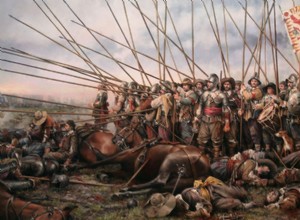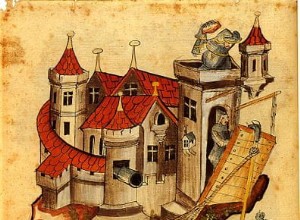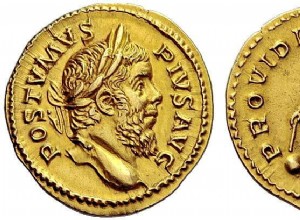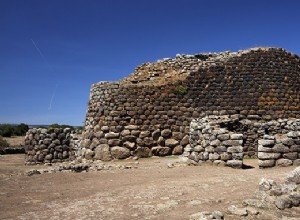In the late 16th century, Philip II , after being crowned king of Portugal, in the midst of the 80-year war, he had under his power one of the largest empires in history. At that time his royal possessions occupied part of the four known continents, Asia, America, Africa and of course Europe. It is




